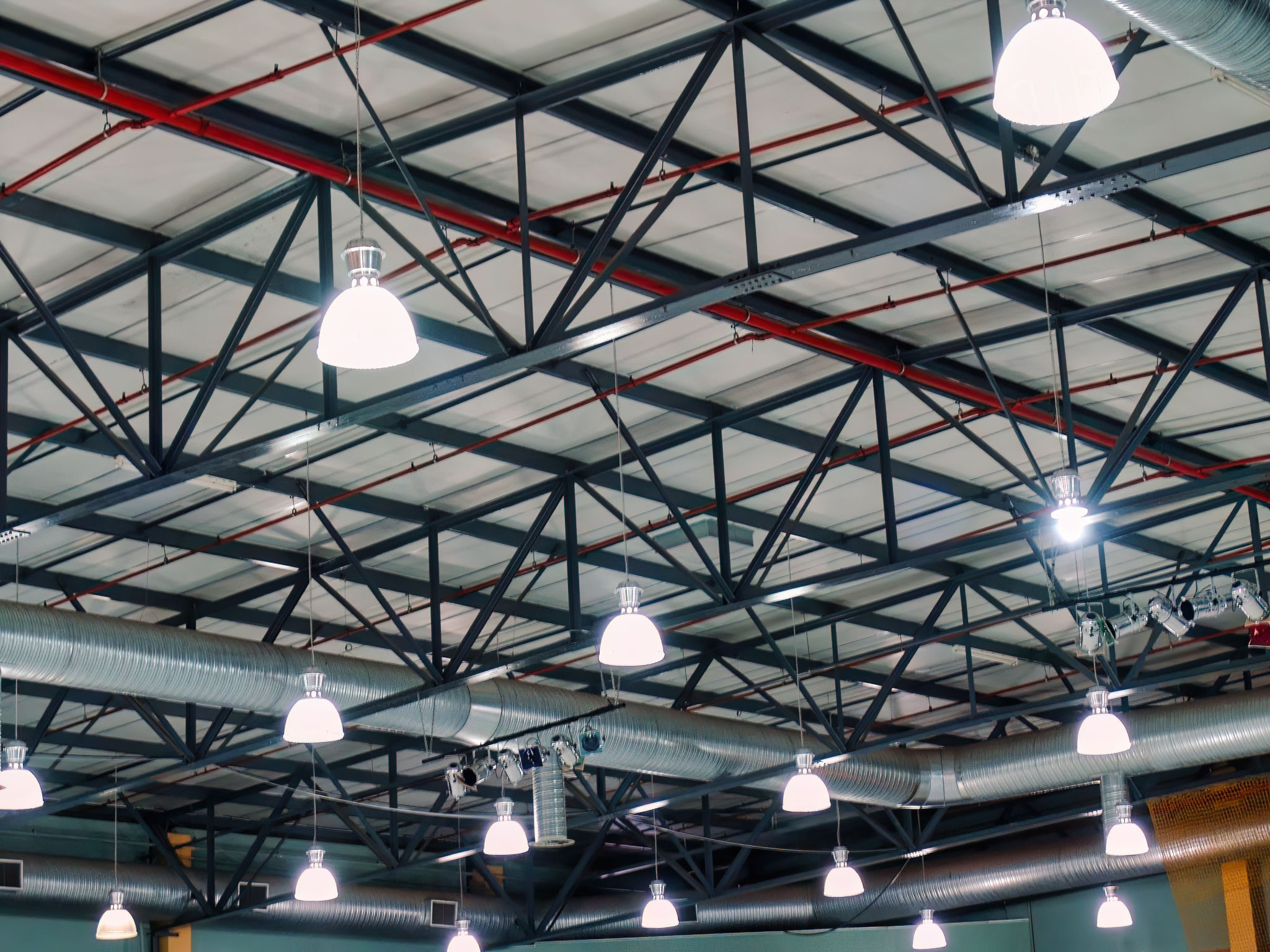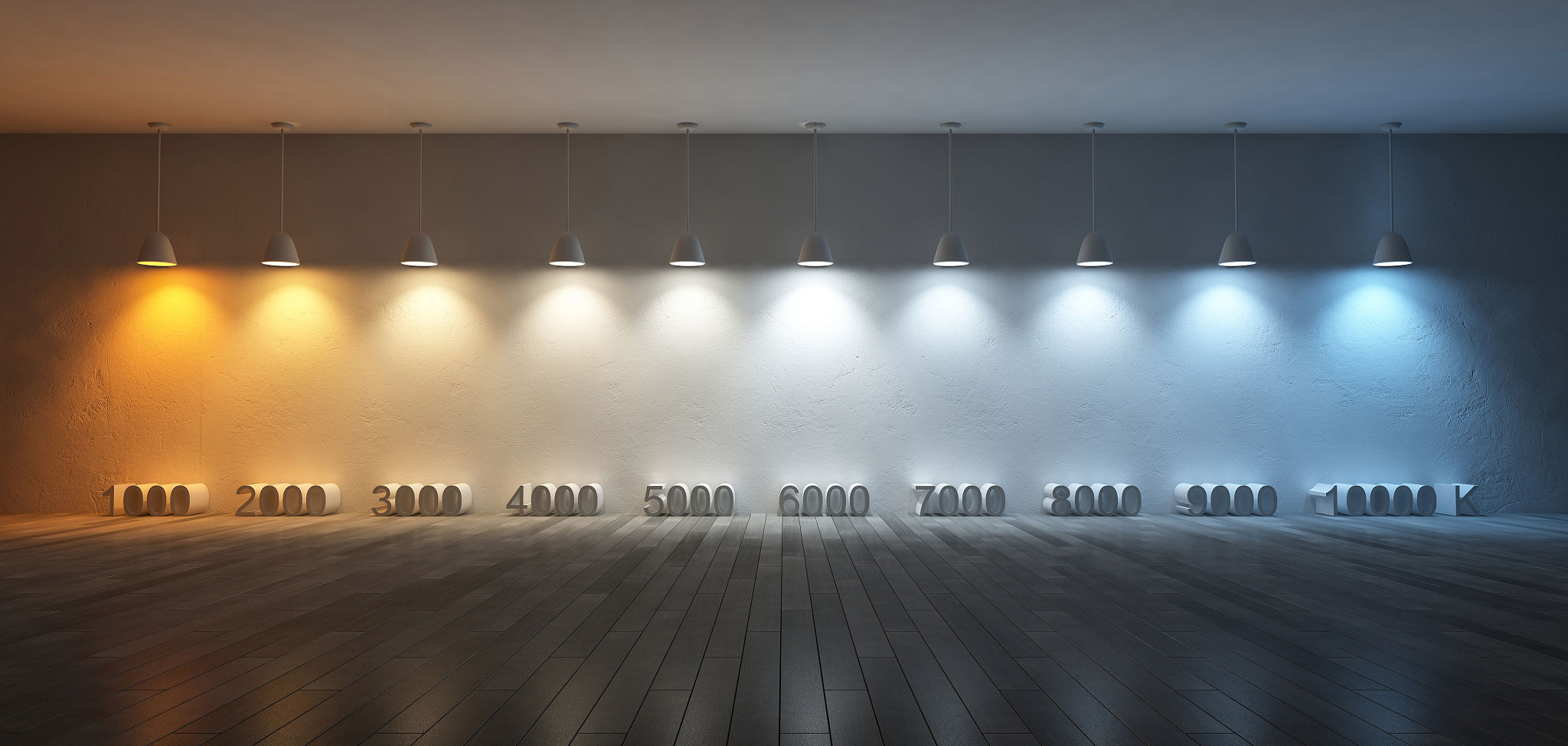How to Choose the Right LED Technology for Your Business in SK
Understanding LED Technology
LED technology has revolutionized the way businesses approach lighting. Whether it's for reducing energy costs or enhancing the ambiance of a workspace, choosing the right LED technology can make a significant difference. Understanding the basics of LED lighting is the first step in making an informed decision. LED stands for Light Emitting Diode, which is known for its efficiency and longevity compared to traditional lighting options.
LEDs are highly energy-efficient, consuming up to 75% less energy than incandescent bulbs. They also have a longer lifespan, which can be up to 25 times longer than traditional lighting solutions. This efficiency translates into cost savings and less frequent replacements, making it an attractive option for businesses looking to optimize their operational expenses.

Assessing Your Business Needs
The first step in selecting the right LED technology is assessing your specific business needs. Consider the purpose of the lighting: Is it for general illumination, accent lighting, or task lighting? Each application may require different types of LED lights. For instance, task lighting may need brighter and more focused light, whereas accent lighting might require softer, more diffused light.
Additionally, think about the environment where the LED lights will be installed. Are there specific areas with high humidity or extreme temperatures? Certain LED lights are designed to withstand harsh conditions, ensuring durability and performance over time.

Energy Efficiency and Cost Savings
One of the main reasons businesses opt for LED technology is its potential for energy efficiency and cost savings. To maximize these benefits, look for LEDs with high luminous efficacy, which is measured in lumens per watt. The higher the lumens per watt, the more efficient the light source is. Also, consider LEDs that come with dimming capabilities to further optimize energy usage.
Another cost-saving feature to consider is the availability of rebates or incentives from local energy providers for businesses that switch to LED lighting. Research these opportunities in your area to reduce upfront costs and improve return on investment.
Color Temperature and CRI
Color temperature and Color Rendering Index (CRI) are essential factors in selecting LED lights. Color temperature, measured in Kelvin (K), affects the mood and appearance of a space. For instance, cooler temperatures (5000K-6500K) are suitable for workspaces that require alertness, while warmer temperatures (2700K-3000K) create a relaxing ambiance.

CRI measures a light source's ability to render colors accurately compared to natural light. A higher CRI indicates better color rendering, which is crucial in settings like retail stores where accurate color display is important.
Integration with Smart Systems
As businesses increasingly adopt smart technologies, integrating LED lighting with smart systems can enhance functionality and control. Smart LEDs can be connected to building management systems or controlled through mobile apps, allowing for automated lighting schedules and remote adjustments. This not only improves convenience but also contributes to further energy savings by ensuring lights are only used when needed.
Consider whether your business could benefit from features like motion sensors or daylight harvesting capabilities, which adjust lighting based on occupancy or natural light availability. These features can significantly enhance operational efficiency and create a more comfortable working environment.

Consulting with Experts
If you're unsure about which LED technology would best suit your business needs, consulting with experts can provide valuable insights. Lighting professionals can perform an audit of your current setup and recommend solutions tailored to your goals and budget. They can also assist with installation and provide guidance on maintenance practices to ensure long-term performance.
Ultimately, choosing the right LED technology involves careful consideration of various factors specific to your business. By understanding your needs and exploring available options, you can make a decision that enhances your workspace while maximizing efficiency and cost savings.